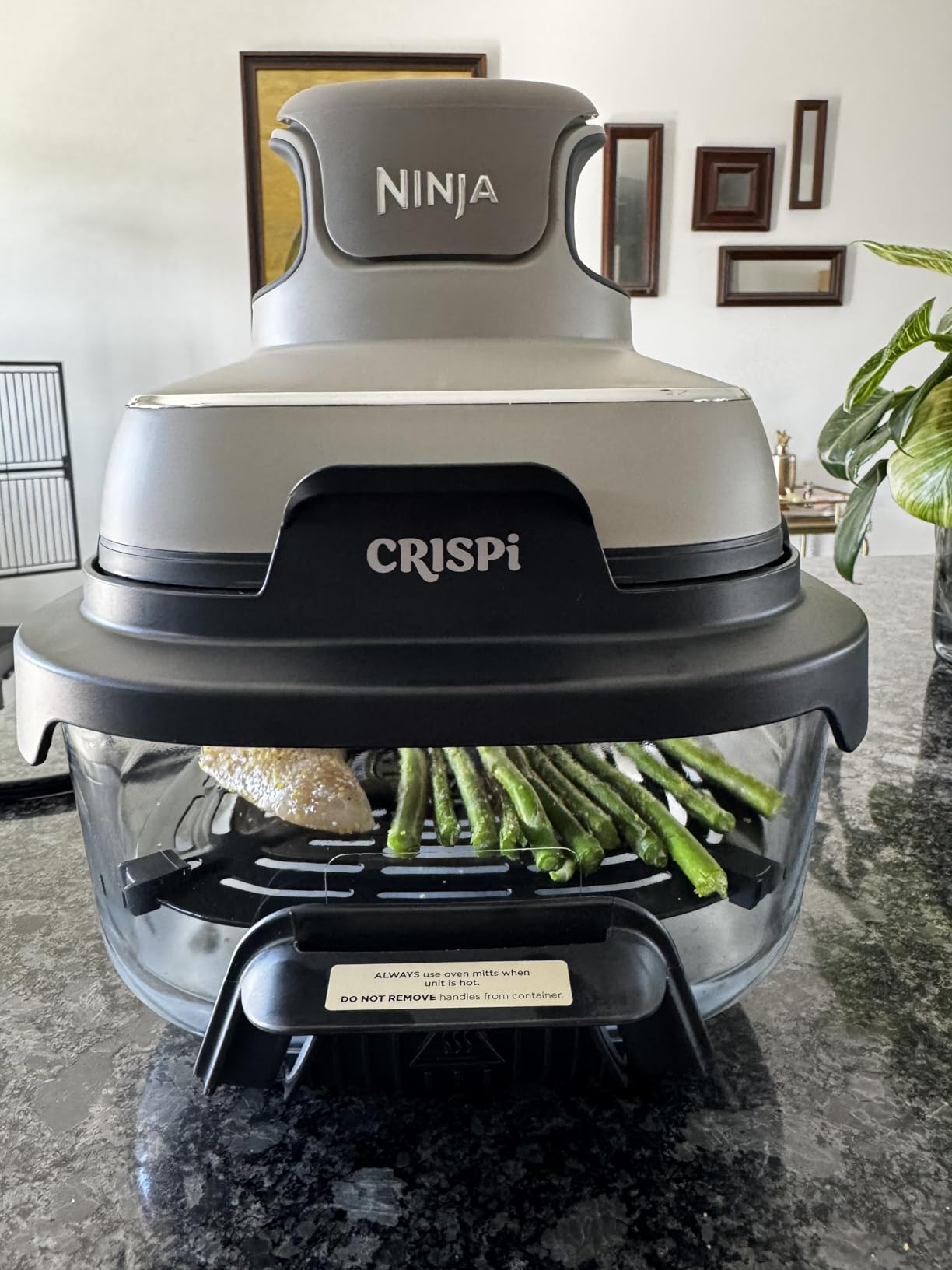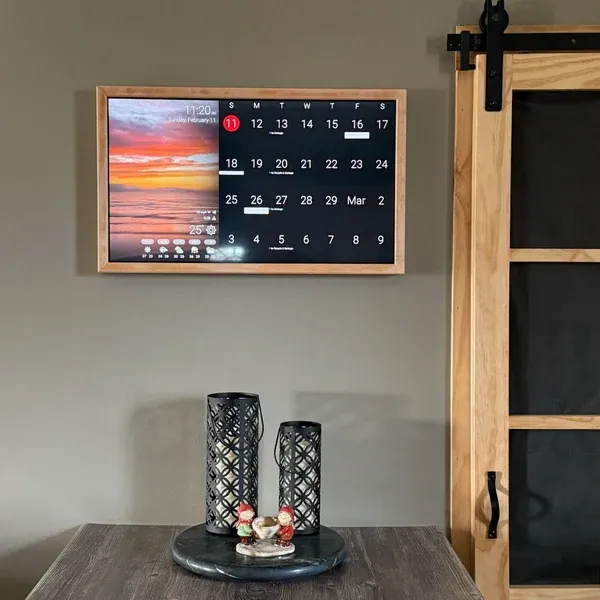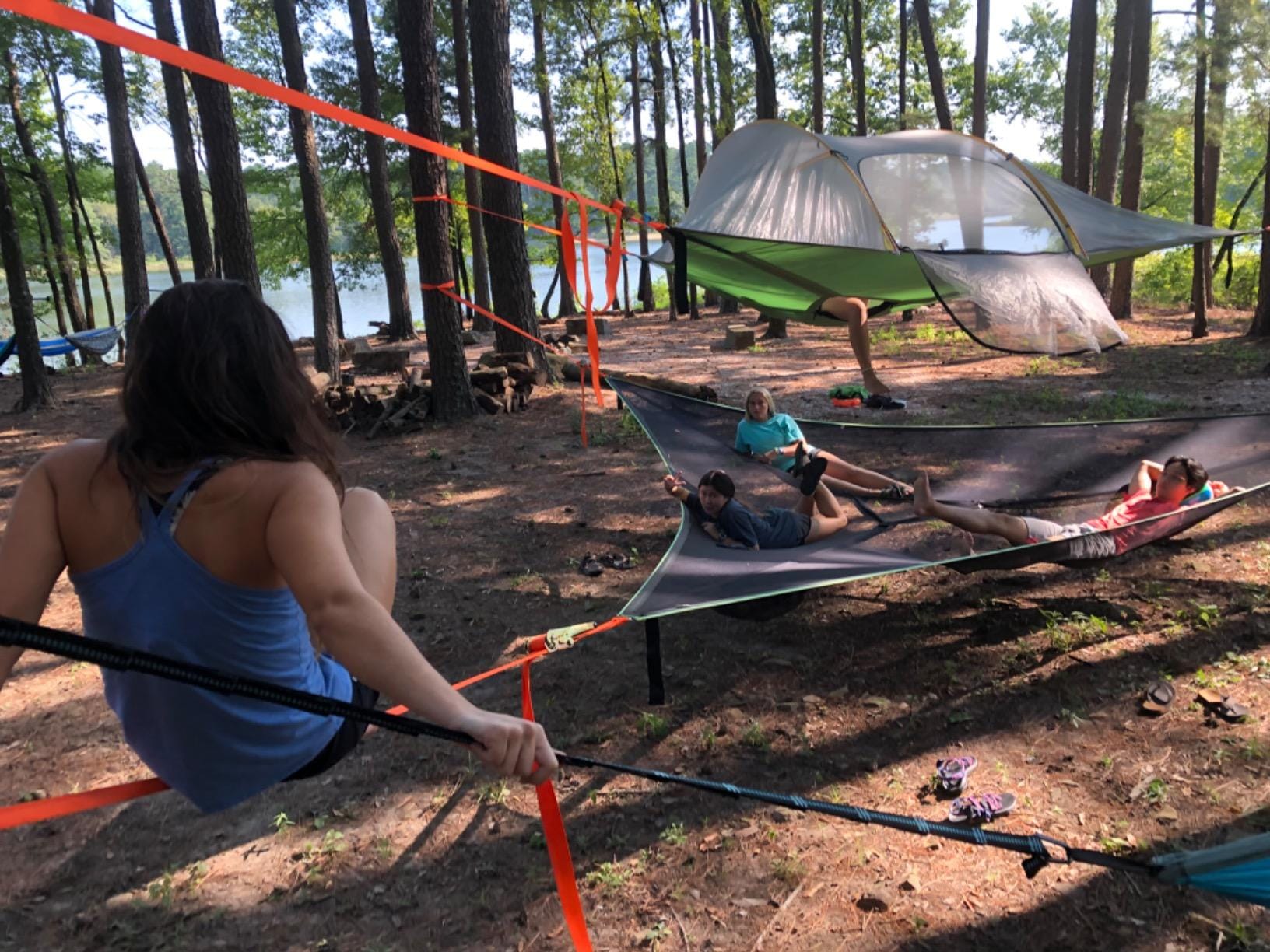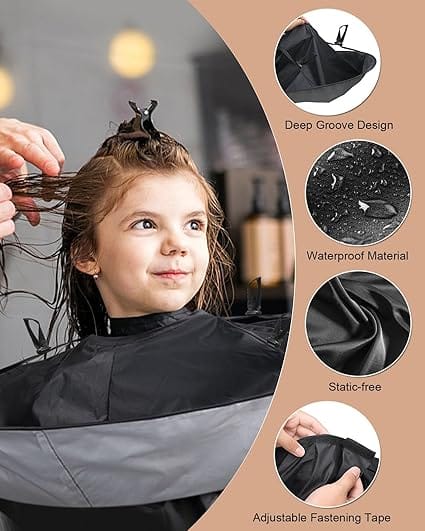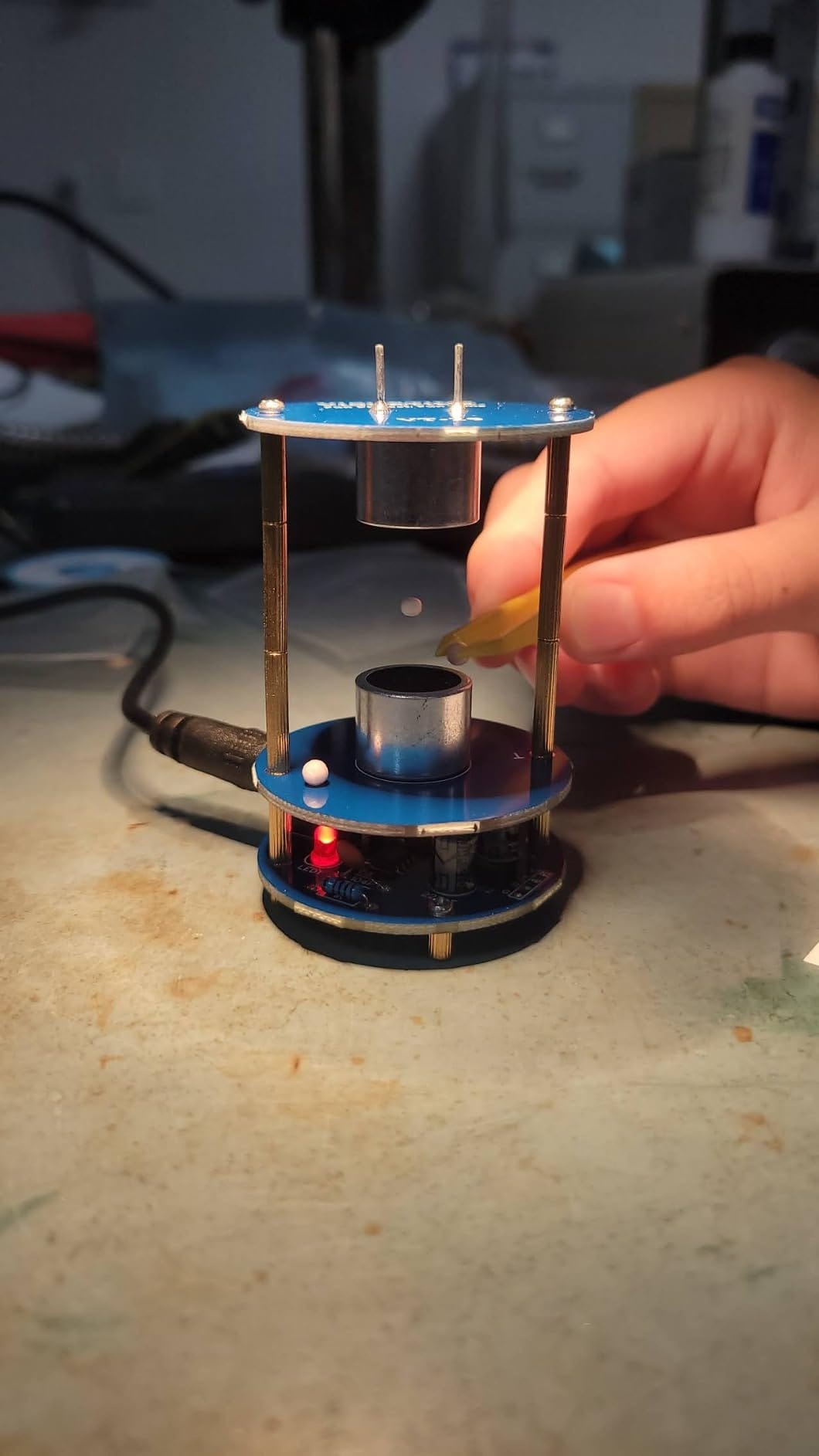
VIGURTIME Levitator Kit Review: A Worthy STEM Project?
Author Byline: By David Miller / Last updated on July 22, 2025
Introduction
There's a special kind of magic in building something with your own hands—especially when that "something" can literally defy gravity. The VIGURTIME DIY Ultrasonic Suspension Kit promises just that: a hands-on soldering project that results in a mesmerizing acoustic levitator for your desk. It’s marketed as a great STEM project, a cool gift, and a fun way to practice electronics skills.
But does it deliver on that promise, or is it a recipe for frustration?
After analyzing the product details, schematics, and the collective experience of numerous builders, I've distilled the noise into a clear signal. This isn't just another review; it's the final decision-making guide you need to determine if this kit is a brilliant project waiting to happen or a dud you should avoid.

VIGURTIME Levitator Kit Review: A Worthy STEM Project?
Is the VIGURTIME DIY ultrasonic levitator kit a fun STEM project or a frustrating build? Our in-depth review reveals the truth. Read before you buy.
The Bottom Line Up Front (BLUF)
- Who It's For: Patient hobbyists, STEM students, and anyone with a bit of soldering experience looking for a genuinely cool and rewarding weekend project.
- Who Should Pass: Absolute beginners who have never touched a soldering iron before, and anyone who wants a perfect, out-of-the-box gadget without the challenge of a build and calibration.
Final Score: 7.5 / 10✨✨✨✨✨✨
What Real Users Love (The Pros)
- The "Wow" Factor is Real: Once you get it working, it's genuinely impressive. Watching a small piece of foam float silently in mid-air, held aloft by invisible sound waves, is the ultimate payoff.
- Why this matters to you: This isn't just a practice board you'll toss in a drawer. The finished product is a fantastic conversation starter and a cool piece of desk art that you built yourself.
- Excellent Soldering Practice: The kit uses standard DIP (through-hole) components on a well-marked PCB (Printed Circuit Board). It’s the perfect level of complexity to hone your soldering skills without being overwhelming.
- Why this matters to you: You're not just buying a toy; you're investing in a skill. This project provides tangible practice in component identification, placement, and creating clean solder joints.
- Surprisingly Good Kit Quality: After analyzing feedback, a common theme is the decent quality of the components and the PCB for the price. The parts feel solid and are generally well-labeled.
- Why this matters to you: A quality kit significantly reduces the chances of a failed build due to faulty parts, saving you from a major source of frustration.
Common Complaints & Potential Deal-Breakers (The Cons)
- The Instructions are Minimalist (to be kind): This is the single biggest complaint. The kit often comes with just a schematic or a basic diagram, not a step-by-step, beginner-friendly guide.
- Potential impact: You'll need to know how to read a schematic and identify component polarity on your own. If you don't, you could easily spend more time troubleshooting than building, or worse, install a component backward and damage it.
- Calibration is Fiddly and Requires Patience: Getting the foam to levitate isn't as simple as flipping a switch. It requires fine-tuning the potentiometer to get the frequency and power just right.
- Potential impact: The "moment of magic" isn't guaranteed. You might need to patiently adjust, test, and re-adjust for several minutes. If you lack patience, you may give up before you see it work.
- Not for a True First-Timer: Despite being a "learning" kit, it assumes some foundational knowledge. It doesn't teach you how to solder or what a capacitor is.
- Potential impact: If this is the very first electronics project you've ever attempted, you're likely to feel overwhelmed and could easily make a project-ending mistake. This is more of a "practice" kit than a "learn-from-scratch" kit.
Feature Deep Dive: The Build vs. The Result
The entire experience of this kit boils down to a classic trade-off: the challenge of the build versus the coolness of the result.
The build process itself is the core of the product. For those who enjoy the puzzle of electronics, the minimalist instructions are part of the fun. It forces you to slow down, double-check your work, and truly understand the circuit you're creating. However, for those expecting a Lego-like experience, it's a significant roadblock.
The levitation performance, when achieved, is excellent. The ultrasonic transducers are powerful enough to suspend the included foam pieces with remarkable stability. The key is the calibration. A tiny turn of the potentiometer can be the difference between a dancing piece of foam and a stable, silent float. This sensitivity is a double-edged sword: it allows for precise control but demands a steady hand and a patient mind.
Best Alternatives (The Competition)
- For Better Instructions & A Beginner Focus: The Elegoo UNO R3 Project Smart Car Robot Kit. If your main goal is to learn electronics with a fantastic, well-documented experience, Elegoo is the gold standard. You'll get a more complex project but with step-by-step guides that hold your hand the entire way. It's a different project, but a superior learning tool.
- For the "Cool Factor" Without the Work: A Magnetic Levitating Moon Lamp. If you're more interested in the gravity-defying desk toy than the soldering, skip the DIY hassle. You can buy a stunning pre-built magnetic levitation lamp or globe that works perfectly out of the box and delivers an even bigger visual punch.
Frequently Asked Questions (FAQ)
- Do I need to buy anything else?
Yes. This kit does not include tools. You will need a soldering iron, solder, and a pair of flush cutters at a minimum. - How long does it take to assemble?
For someone with a little soldering experience, expect it to take about 1-2 hours. For a cautious builder, it might take an afternoon. - What can it actually levitate?
It's designed for very small, lightweight objects like the tiny foam balls it comes with. It won't levitate a paperclip or anything with significant weight. - Is it safe?
The finished project is safe. However, a soldering iron gets extremely hot (over 400°F / 200°C) and requires proper safety precautions during assembly. - What if it doesn't work after I build it?
The most common issues are bad solder joints (cold joints), components installed backward (especially capacitors and LEDs), or a faulty component. Carefully re-check every joint and the orientation of every part against the schematic.
Final Thoughts & Recommendation
The VIGURTIME DIY Ultrasonic Suspension Kit is a product with a very specific identity. It is not a polished consumer gadget; it is a project. Viewed through that lens, it succeeds beautifully. It offers a challenging but achievable build, solid skill-building practice, and a genuinely fascinating result. The 7.5/10 score reflects a fantastic outcome for the right person, docked for the frustratingly poor instructions that create a steep barrier for true beginners.
If you are a hobbyist who enjoys a puzzle and wants the immense satisfaction of saying "I built that," then absolutely buy this kit. It's an affordable, engaging, and ultimately rewarding experience. If you're looking for a simple, quick build or have never soldered before, I recommend starting with one of the alternatives instead.
Call to Action
Ready to take on the challenge and build your own gravity-defying device? You can check the current price and get your VIGURTIME DIY Levitator Kit on Amazon through the link below:
Audience Growth & Engagement
Become a WowShopList Insider
- "Love discovering products that are genuinely worth it? Subscribe to our exclusive WowShopList Weekly newsletter. Each week, we send one email featuring the most unique, innovative, and valuable products we find—our hidden gems. It's 100% free to join now, and you'll be locked in for life. We plan to make this a paid newsletter in the future, but our founding members will always get it for free."








